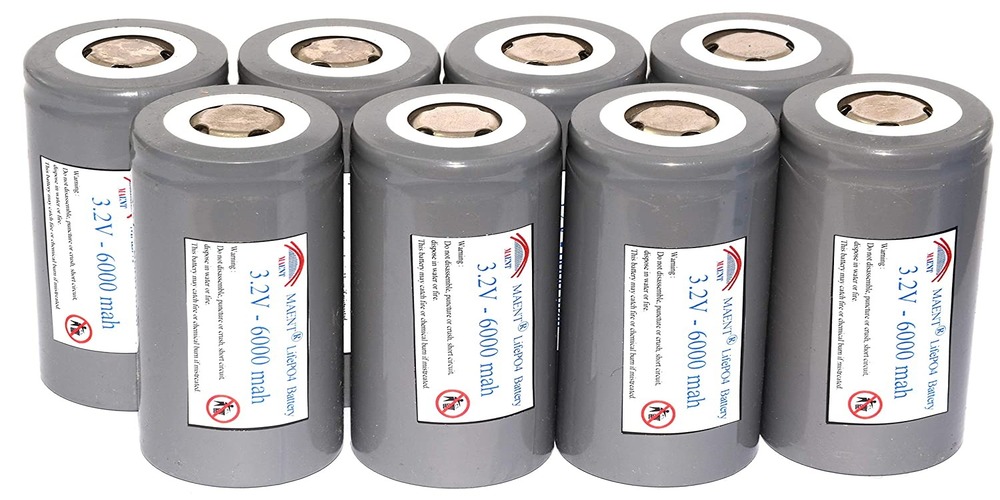There are many different lithium battery chemistries, each with its advantages and disadvantages; lithium 32650 battery are among the most potent common-size cylindrical rechargeable lithium batteries. High-powered torches, similar devices, battery packs for electric scooters, electric cycles, and other electric vehicles, and various uses all call for the high capacity of lithium 32650 batteries.
Details about 32650 Batteries and Their Functions
The 32650 battery is a cylindrical battery with a nominal voltage of 3.2-3.7V and a nominal capacity of 5000-8500 mAh, and its measurements are 32 x 67.7 mm. Lithium manganese oxide, lithium iron phosphate are the most popular lithium battery used for 32650 batteries. However, different chemistries are either in development or are already on the market.
Benefits and Drawbacks
- The chemistry of IMR 32650 batteries is LiMn204. Their nominal voltage is between 3.6 and 3.7 V per cell, and a charging voltage of 4.2 V is advised. In contrast to conventional batteries, IMR cells typically have a lower capacity but may provide higher currents.
- The chemistry of INR 32650 batteries is LiNiMnCoO2 (Lithium Manganese Nickel Cobalt Oxide). Since these batteries can generate a lot of currents, they are comparable to IMR batteries, albeit having a smaller capacity.
- For instance, although “only” 6Ah (6000 mAh) is listed for capacity, IMR32650 and INR32650 batteries can generate currents of 120–180 Amps, and certain types can deliver considerably more. And that’s a lot of juice from a storm that weighs only about 4.5 to 6 ounces (about 135 to 170 grams).
- LiFePO4 (Lithium Iron Phosphate) chemistry is used in IFR 32650 batteries. Their nominal voltage is between 3.2 and 3.3 V per cell, and a charging voltage of 3.5 to 3.6 V is advised.
- Lithium Cobalt Oxide (LiCoO2) chemistry is used in ICR 32650 batteries. Their nominal voltage ranges from 3.6 V to 3.7 V per cell, with a maximum charging voltage of 4.2 V being advised. Although their capacities are often more significant, their maximum permitted currents are typically restricted to a few C.
Protected 32650 Batteries
The term “protected” 32650 battery refers to the fact that most 32650 batteries on the market include an integrated Battery Management System (BMS) that shields the battery from potential dangers such as excessive voltage, current, or temperature.
Since lithium batteries are vulnerable to overcharging, and similar phenomena, it is recommended that all lithium batteries, including the supposedly safest IFR32650 batteries, have a precautionary BMS installed.
When a battery pack is constructed with 32650 or similar batteries, all cells must be wired to the battery’s central BMS, which safeguards the cells not only individually but also regularly balances the cells to increase their service life.
Individual 32650 batteries and battery packs manufactured using 32650 batteries may withstand several hundred to several thousand charging/discharging cycles down to 80%-100% DoD, depending on storage and operation temperature, discharge/charge circumstances, quality of the battery cells, and similar factors (Depth of Discharge).
Insulated Terminals for 32650 Batteries
Because 32650 batteries are so versatile, they may have various terminal configurations, including flat top, button top, soldering tab, and screw terminals. Regardless of terminal type, battery connections must be tight to minimize energy loss from increased contact resistance, which is especially problematic during high-current discharge.











